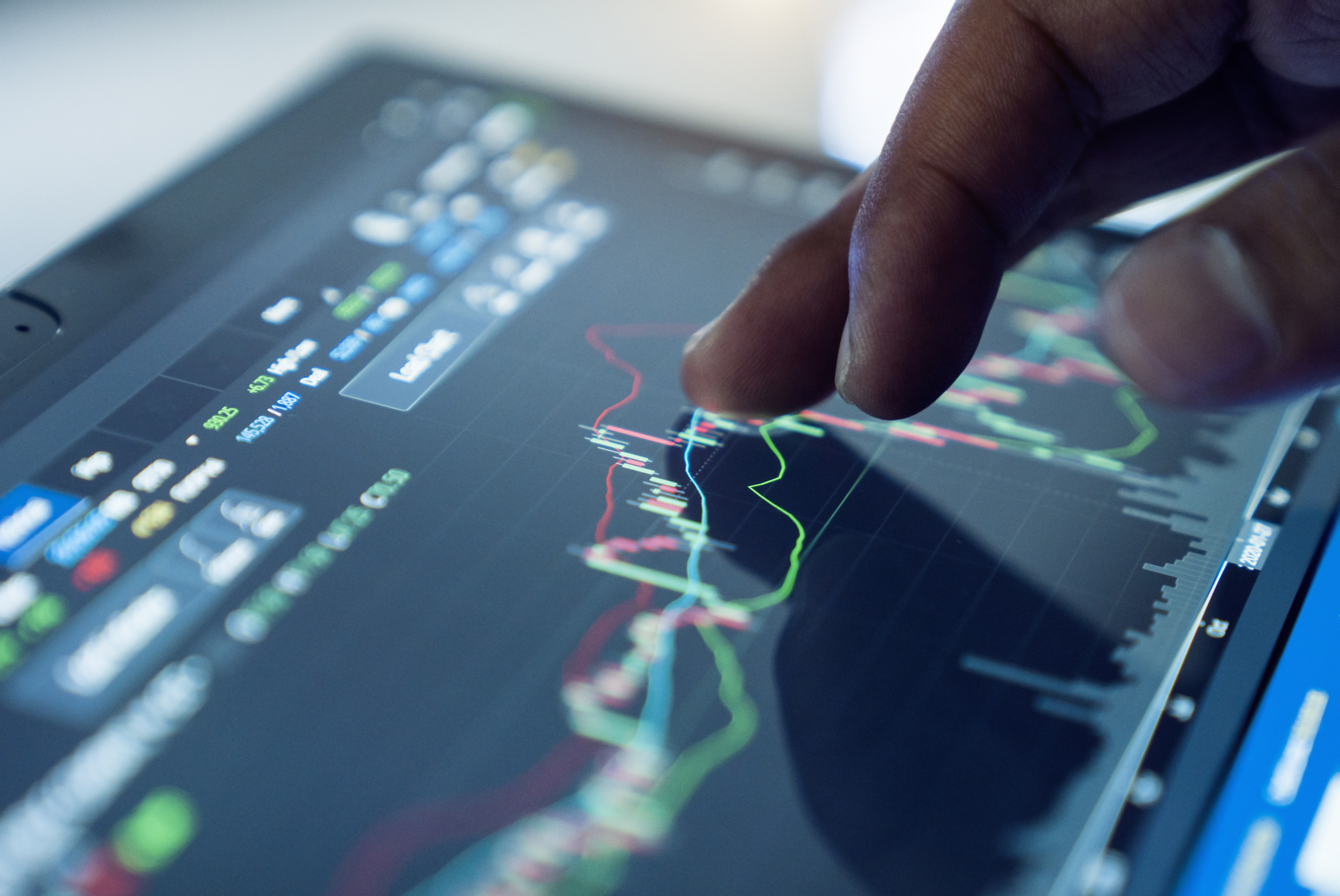In June 2004, silver had just spiked above $8.00 an ounce and was headed back down to a low around $5.50.
Another attempt to break above $8.00 was made later that same year before the metal again subsided, trading in the $6.50 to $7.50 range for much of 2005. Since October, however, its price has surged and is currently trading around $12.67 an ounce.
The rise in price in the latter part of 2005 and so far in 2006 caught most professional bullion watchers by surprise.
MoneyWeek
Subscribe to MoneyWeek today and get your first six magazine issues absolutely FREE

Sign up to Money Morning
Don't miss the latest investment and personal finances news, market analysis, plus money-saving tips with our free twice-daily newsletter
Don't miss the latest investment and personal finances news, market analysis, plus money-saving tips with our free twice-daily newsletter
Current prices for silver so far in 2006 already far exceed what professional forecasters expect.
The London Bullion Market Association's panel of forecasters suggested at the start of this year that silver would average a price of $8.66 this year, with a potential high around $10.37. CPM Group's Jeff Christian, most accurate forecaster of gold and silver prices last year, expected a possible high of $10.50 for silver at the start of the year.
So the question is whether or not silver's rise is sustainable. And if it is, and poised to go yet higher, what is the best way to get exposure to it?
Silver doesn't quite have the charisma of gold, but there is little doubt that what is good for one is good for the other. Gold's surge now topping $600 an ounce has been well documented, and despite the expectations of pundits, the metal refuses to weaken much.
Some senior mining industry chiefs are, however, forecasting that gold will go to $1,000 an ounce before the decade is out. This particular comment came from the CEO of Newmont Mining, who might be expected to be talking up prospects for gold, but it is also a reflection of a tight supply/demand balance in other precious metals.
With silver, however, it isn't just a question of the price automatically following gold. Silver is commonly found in conjunction with zinc and lead, and therefore what governs supply is also a function of mining for those elements too.
Silver's relationship with the gold price has also varied over the years. Both have a common thread: recognized stores of value in the past, and used in coinage. Silver's price has varied to gold's from a ratio of 20:1 to 100:1. It is currently around 50:1, not far off the mid point of recent years. However in the 1950s, 60s and 70s, and in the 25 years or so before WWI, silver sold on a ratio of 20:1 to 30:1 to gold.
Industrial demand is another key to the way silver behaves. A considerable amount has been made over recent years of the key role silver played in conventional photography and therefore the negative impact of the rise of digital imaging. New uses for silver are being devised constantly, including mobile phones and solar power technology. Silver's role in photography is often exaggerated. This use accounts for under 80m ounces a year out of total demand of around 850m ounces. Though the amount used is falling, other sources of demand have been making up the shortfall.
The big wild card in silver is behind the recent price strength. Barclays Global Investors is currently negotiating with the Securities and Exchange Commission(SEC) over a proposal to list a silver-based iShare in the US. If the proposal goes ahead, and a spokeswoman for BGI was unable to comment on a likely launch date for the product, it is likely that it would involve the issue of up to 13m shares, each of which would be backed by 10 ounces of metal, suggesting an initial additional demand for some 130m ounces, three times the current estimated investment demand for silver.
Gold-backed ETFs have proved extremely popular since they were launched in early 2004, with demand leading to rather greater earmarking of the metal than originally anticipated. However, gold is a much more recognised investment and monetary medium than silver.
For silver, the theory goes that, assuming the SEC grants approval, creation of an instrument like this should strongly underpin the metal price, particularly as stocks of the metal are currently very low. However, the current high price could also induce greater scrap rates, which typically makes up more than a fifth of supply.
If you are still bullish, what's the best way into silver? One sticking point for UK investors is that while investment gold is VAT-free, silver bullion isn't.
It is an anomaly that surely should be corrected, but probably won't be because silver, platinum and other white metals are predominantly used as industrial materials rather than as a store of value. That makes buying silver bullion coins onshore in any part of the UK or EU a no-no.
There are alternatives. One of the best ways into the physical metal by proxy is through a bullion certificate programme such as the one operated by Perth Mint and guaranteed by the AAA-rated Government of Western Australia. Silver bullion, either in coins or bars, can be bought through a Perth Mint Certificate (PMC). The important thing is that the PMC is safe and secure. The PMC programme is the only one with a government guarantee.
There are minimum investment levels involved in owning a certificate, but they aren't that onerous. You don't have to be a millionaire to afford an initial coin investment of $10,000 (£5,720), with subsequent purchases of $5,000 (£2,860) or more. The low certificate fee ($50), coupled with no storage fee on unallocated accounts, makes this investment very attractive. Commission is also charged (2% to buyers and 1% to sellers).
The certificate is non-negotiable but transferable. There are approved dealers in key markets in the world. Delivery of the underlying gold or, in this case, silver can be made in Perth, Western Australia or in primary precious metals centres elsewhere in the world at any time. For UK investors a key point is that because they need never take physical possession of the silver allocated to their account, no VAT is levied.
If the silver ETF proposed by BGI gets off the ground, as seems likely, this will represent another way for investors to gain exposure to the silver price in an undiluted and ungeared form. Those wishing to participate would need an account with a US broker allowing them to deal in US shares. This is fairly straightforward. Many brokers offer accounts to non-
residents who need only fund the account in dollars and complete a standard US tax declaration verifying that they are non-resident for tax purposes.
At the time of writing BGI were unable to comment on when the silver iShare might start trading, or whether it might be possible to launch a similar product for UK investors, to match those already in existence in the UK for gold and oil.
A slightly less satisfactory alternative is to use spread betting to gain exposure to silver. Most spread betting firms offer contracts in silver. The advantages are that any gains are CGT-free and that exposure is to the dollar price, but because bets are made in sterling, there is no currency element to factor into the equation. You can also take a view on silver in either direction, which might be useful if the price proves as volatile as expected.
The downside is that in a spread bet your exposure is geared up. You can easily lose more than you invest. And though bets can be rolled over from one to the next, the instrument underlying the bet is a futures contract with a fixed delivery date.
In the past couple of years the gains have come in capturing the big strategic moves in silver. That period may now have gone, and none but the most hardened traders will want to bother with the constant monitoring that spread betting necessitates. Because of the leverage involved, you need to have a significant amount of cash in your account to cover margin requirements. In markets like these, it's also a good idea to place stop loss orders in case a trade goes wrong.
It all adds to the complexity and stress involved, which most of us can well do without.
Remember finally that the price quoted in a spread bet may not be in the form the metal's price is quoted in the financial press. If you are spread betting silver, the price 'tick' on which your bet is based will be in US cents, not whole dollars or the 10 cent tick used in gold spread bets.
By Peter Temple for the Daily Reckoning. You can read more from Peter and many others at www.dailyreckoning.co.uk
Get the latest financial news, insights and expert analysis from our award-winning MoneyWeek team, to help you understand what really matters when it comes to your finances.
MoneyWeek is written by a team of experienced and award-winning journalists, plus expert columnists. As well as daily digital news and features, MoneyWeek also publishes a weekly magazine, covering investing and personal finance. From share tips, pensions, gold to practical investment tips - we provide a round-up to help you make money and keep it.
-
 Fund inflows hit a six-month high in November – where are investors putting their money?
Fund inflows hit a six-month high in November – where are investors putting their money?Investors returned to the financial markets amid the Autumn Budget in November 2025 but caution remains.
-
 MoneyWeek news quiz: which leader did Trump order US troops to capture?
MoneyWeek news quiz: which leader did Trump order US troops to capture?Quiz Donald Trump, soaring copper prices, and the cold weather all made headlines in the first full working week of 2026. How closely were you following the news?

